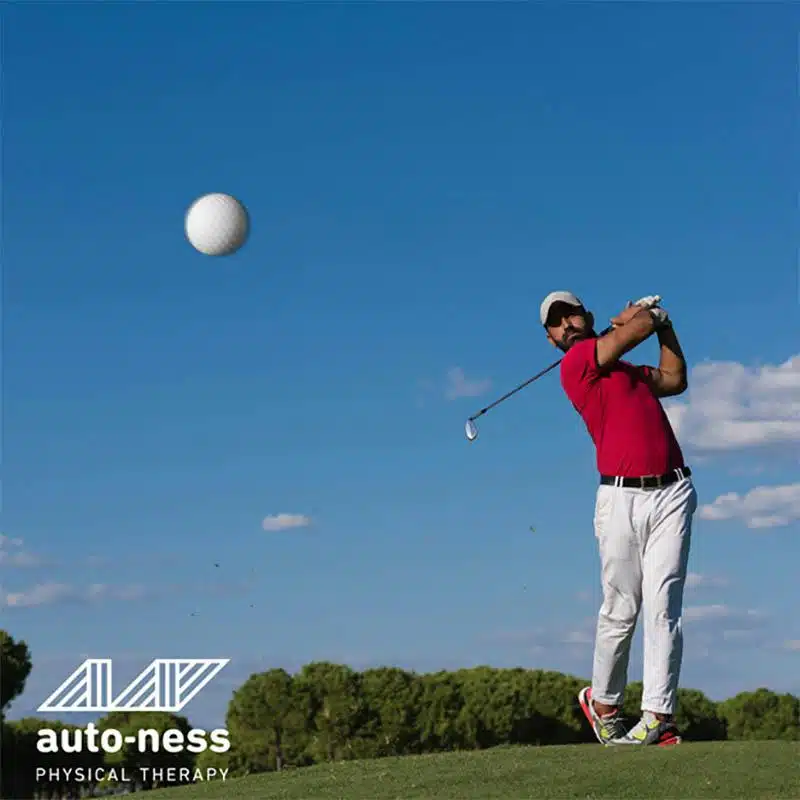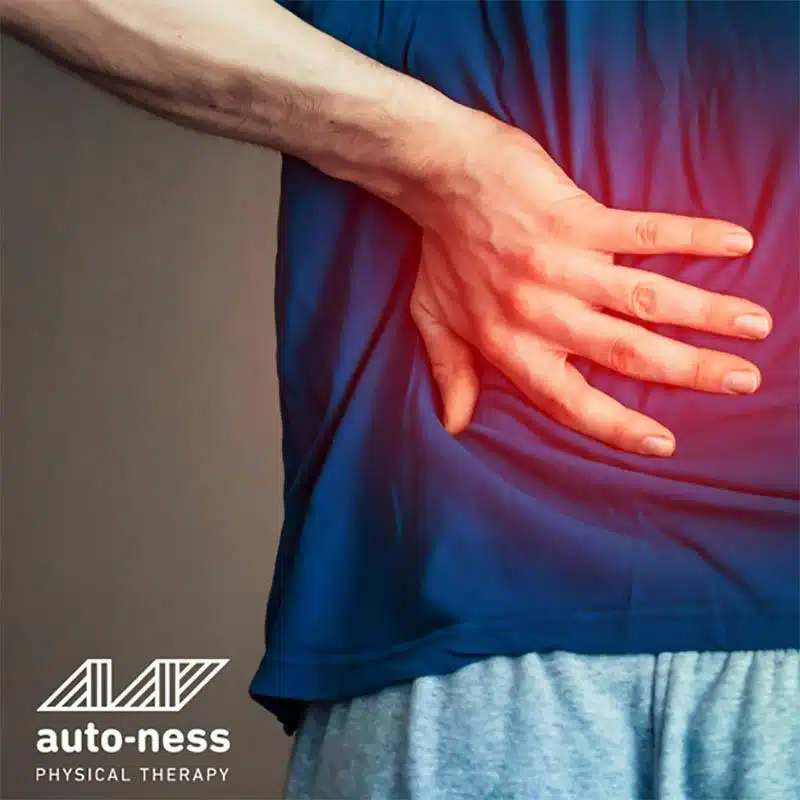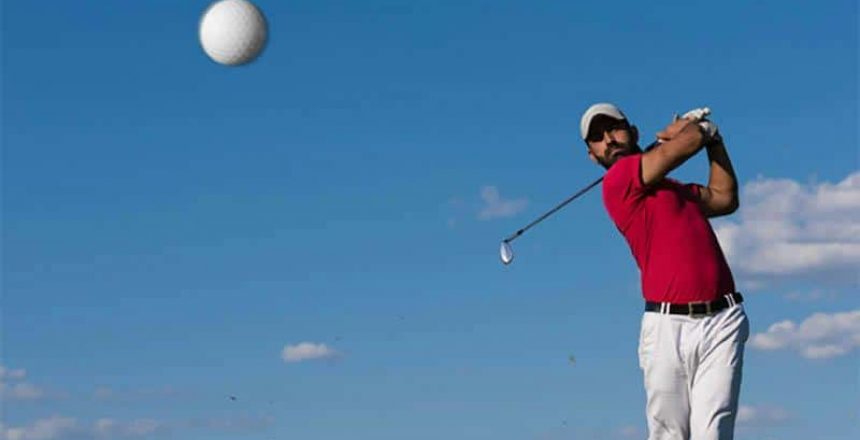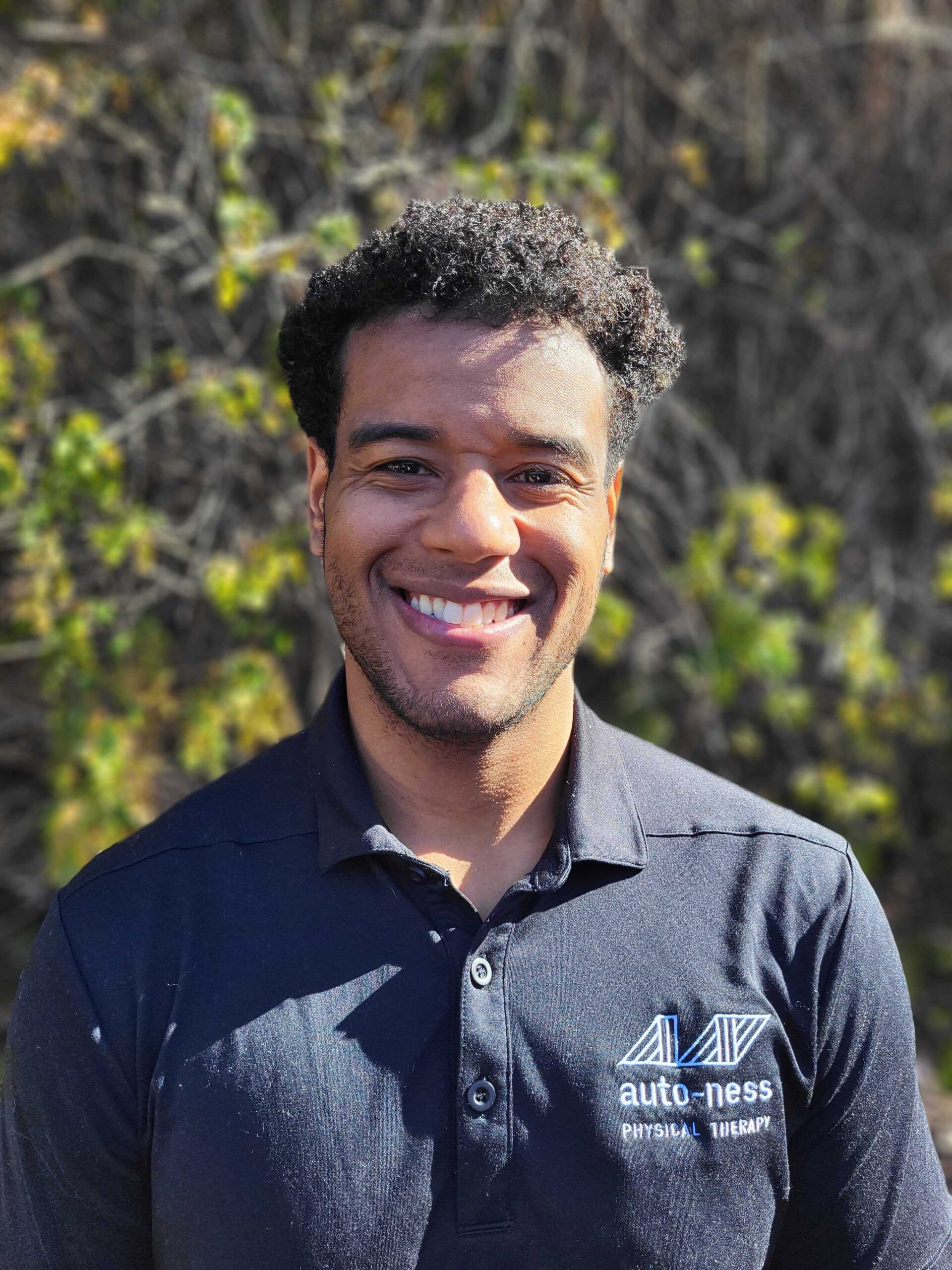Setting the Course for a Pain-Free Golf Experience
Golf is a sport that tests both your mental acumen and physical fitness. However, the repetitive nature of the golf swing can often lead to low back pain. In this blog post, we’ll explore how physical therapy can help you manage this common issue and improve your performance on the green.
Decoding the Enigma: Understanding Low Back Pain in Golfers

Low back pain is a frequent complaint among golfers. According to research in the Journal of Orthopaedic & Sports Physical Therapy, up to 31% of amateur golfers report experiencing this issue. The causes can vary from poor swing mechanics to muscle imbalances. Physical therapy offers a holistic approach to treatment, addressing the root causes rather than just alleviating symptoms.
Tips and Tricks
- Proper Warm-Up: Always warm up before you start your game to prepare your muscles and joints.
- Swing Mechanics: Work on your swing mechanics to distribute the force evenly across your body.
The Cornerstone of Recovery: Why Physical Therapy is Crucial
Physical therapy is a proven method for treating low back pain and improving athletic performance. A study in the Journal of Sports Medicine highlights its effectiveness in improving strength and reducing pain in athletes. Here at Auto-Ness, we offer personalized treatment plans that are evidence-based and tailored to your specific needs.
Tips and Tricks
- Core Strengthening: Exercises like planks and leg raises can help strengthen your core, providing better support to your lower back.
- Flexibility: Incorporate stretching into your daily routine to improve flexibility.
The Verdict: Why You Shouldn’t Ignore the Pain
Ignoring low back pain can lead to chronic issues. Research published in the Spine Journal indicates that early intervention can prevent acute conditions from becoming chronic. Professional intervention is often essential for effective treatment and long-term relief.
Tips and Tricks
- Early Consultation: Don’t ignore the signs. Consult a physical therapist as soon as you experience discomfort.
- Regular Check-ups: Periodic assessments can help adapt your treatment plan as needed.
The Golden Hour: The Importance of Timing in Treatment
Early diagnosis and treatment are crucial. According to a study in the Archives of Physical Medicine and Rehabilitation, early intervention can lead to better outcomes in treating low back pain.
Tips and Tricks
- Immediate Action: The sooner you seek help, the better your chances of a quick and full recovery.
- Follow the Plan: Adherence to the treatment plan is crucial for effective recovery.
Building Your Arsenal: Strength and Flexibility for a Superior Swing

Physical therapy can significantly improve your strength and flexibility, which are key elements for a powerful and efficient golf swing. A study in the Journal of Strength and Conditioning Research found that targeted strength and flexibility exercises could improve golf swing mechanics.
Tips and Tricks
- Targeted Exercises: Work with your physical therapist to develop a set of exercises tailored to your needs.
- Consistency is Key: Consistency in your exercise routine can lead to better results.
Navigating the Pain: Strategies for Effective Relief
Effective pain management is crucial for any golfer. Physical therapy offers a range of treatments, from manual techniques to technological interventions, that can help you manage pain without the need for medications.
Tips and Tricks
- Pain Journal: Keep a record of when the pain occurs to help your physical therapist tailor your treatment.
- Alternative Therapies: Techniques such as dry needling or ultrasound can offer additional relief.
Future-Proofing Your Game: Sustainable Practices for Long-Term Health
Preventive measures can help you avoid future episodes of low back pain. A long-term study published in the Journal of Healthcare Engineering found that preventive physical therapy could reduce the incidence of low back pain by up to 60%.
Tips and Tricks
- Ongoing Care: Don’t stop your physical therapy exercises once the pain is gone. Make them a part of your regular fitness routine.
- Lifestyle Changes: Simple changes like proper posture can go a long way in preventing future pain.
The Final Putt: Your Roadmap to a Better Game and Healthier Back
In summary, low back pain should not be the obstacle between you and your love for golf. Early intervention and a specialized physical therapy regimen can help you overcome this hurdle.
Ready to elevate your golf game and live a more active, pain-free life? Reach out to Auto-Ness Physical Therapy for personalized care plans designed to meet your specific needs.
FAQ Section
Frequently Asked Questions
1. Is low back pain common among golfers?
- Yes, it’s a prevalent issue due to the nature of the golf swing.
2. How can physical therapy improve my golf game?
- Through targeted exercises and personalized treatment plans, physical therapy can improve your strength, flexibility, and overall mechanics.
3. Can low back pain affect my golf swing?
- Absolutely, low back pain can significantly impact the quality of your golf swing by limiting your range of motion and causing discomfort, which can ultimately affect your performance.
4. What are some home remedies for low back pain for golfers?
- While home remedies like ice packs and over-the-counter pain relievers can offer temporary relief, it’s crucial to consult a physical therapist for a comprehensive treatment plan tailored to your specific needs.


